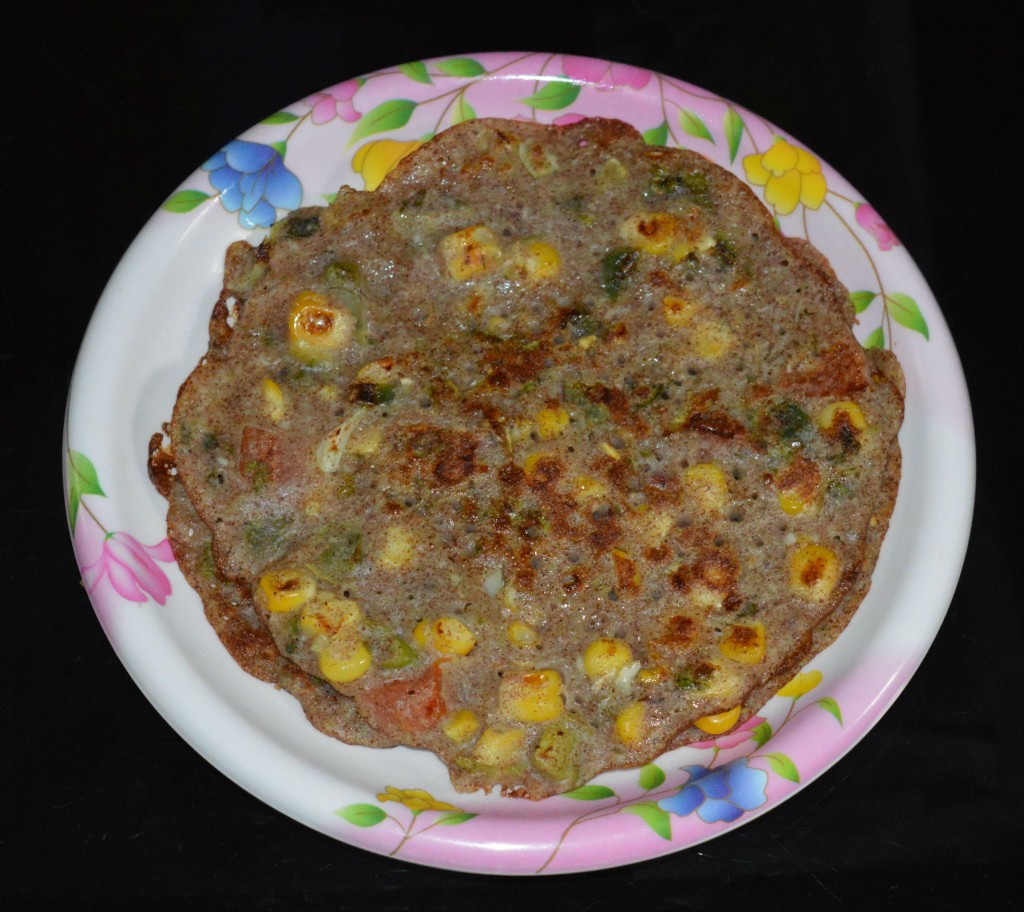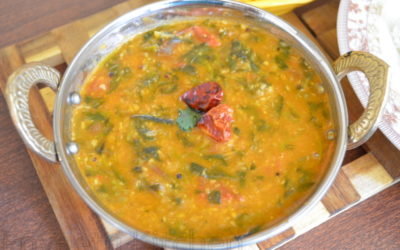The word roti is derived from the Sanskrit word rotika meaning ‘bread’. The Indian bread, is a staple food of the wheat growing regions of India, mostly in its Northern and Western belt. Although now, the roti is much in demand and relished even in the rice growing areas of the East and South states of India. This is because consuming rice has been much maligned by pharma companies, quick-buck-making nutritionists, health enthusiasts and doctors, as the no- no food for such lifestyle diseases as heart problems, blood pressure, obesity, diabetes, etc. The Roti is a round flatbread made from stone ground wholemeal flour (called atta), and water that is combined into a dough. Unlike its Western counterpart, the roti does not require a fancy oven, is unleavened (i.e. no raising agent like yeast or baking powder is used in its preparation) and therefore far more healthy than breads made in bakeries.
While wheat is a primary grain used for rotis, a wide variety of gluten-free grains and lentils such as grams, millets, jowar, bajra, maize, rice, amaranth, rajgir flours, are used as healthier alternatives to wheat flour, much to the delight of health conscious and vegan food enthusiasts. Rotis always need accompaniments such as vegetables, curries, pickles and the like to savour them.
There are a wide variety of flatbreads made of refined flour (maida) called naan, which are alien to Indian traditional cooking and do not find mention in the Bhagasastra.
Preparation
A roti dough is rolled out into flat round, square or triangular shapes, and cooked on a flat or slightly concave iron (or clay) griddle called a tawa. There are also a variety of rotis made using a traditional Indian oven called the tandoor, especially in the state of Punjab, where the flattened dough is stuck to the inside wall of the tandoor, where it bakes quickly at a high temperature. In everyday life and homes, the roti rolled out is called chapati and is made of whole wheat flour mixed into dough with water, edible oil or ghee and optional salt in a mixing utensil called a parat, and is cooked on the tava. Variations of the chapati include the phulka (in Punjab, Maharashtra, Gujarat) and maani in Sindhi.
Some roti recipes do use a home-made souring process called khameer, as also buttermilk, yoghurt, etc., for variety and healthier options.
Ingredients
The primary ingredients in rotis/pancakes are stone ground flour, salt (optional), and water to form the dough. Rotis are made into savories with the use of jaggery, coconut, etc.
Corn, Pearl Millet, Finger Millet Pancake

- ½ Padi Corn/Pearl Millet/Finger Millet Flour
- ⅛ Palam Salt
- As per requirement Water
1. Take ½ padi of any one of the grains mentioned above, smash the grains and remove the skin. Grind the grains to make flour and keep aside.
2. Add salt to the flour.
3. Knead the flour with water and keep the dough aside for 1 hour.
4. Later knead it again and take a mango size dough and flatten it with your hand on a flat surface to make it into thin circles like a pancake.
5. Using a dosa pan cook the pancake evenly on both the sides.
6. Once it turns slightly red and cooked, turnover to cook the other side. When both sides are done, take it off the pan and place it aside.
7. Jaggery can also be added to it (optional). To add Jaggery to the dough before kneading it, dilute the Jaggery in boiled/warm water first.
8. This pancake can be eaten with kootu (a stew made of many vegetables, gravy, or curd.





0 Comments